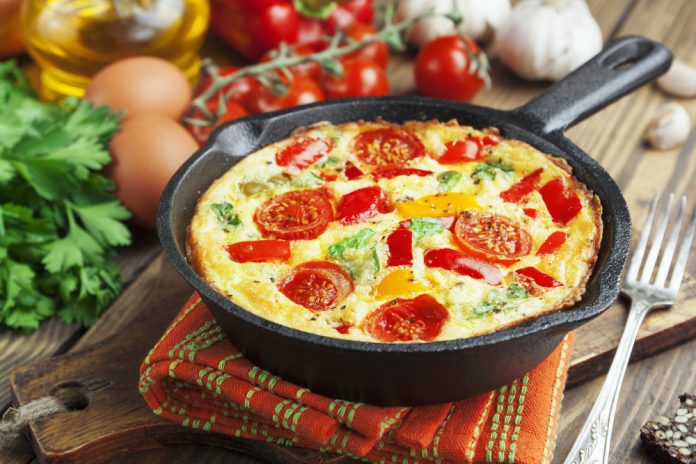When it comes to cooking, you need a properly cleaned and equipped kitchen. Homeowners always try to make their kitchens stylish with high-quality cookware. This inspires them to cook food that enables a healthy and balanced diet.
People have been using cast-iron pans for many years. Today, many use non-stick pans, in which a type of coating is formed over the pan. Which one is right for maintaining a healthy kitchen — a cast-iron pan or a non-stick pan?
What Are Non-stick Pans Made From?
Cast-iron pans with a coating of PTFE are known as non-stick pans. PTFE is a non-resistant material. It provides a smooth surface so people can cook eggs on the pan without sticking. However, it’s believed that the pan will release toxins over time.
Sustainability
It is easier to clean non-stick pans over their cast-iron cookware counterpart. However, non-stick pans need some attentiveness; you cannot clean them with steel wool. You’ll need a soft cloth or sponge to wash the pan. If your pan forms stubborn spots then soak your pan in warm water and scrub the areas with liquid soap. There are no strident stipulations for a cast-iron pan when it comes to scrubbing. You can clean it with most cleaning materials.
Concerns
Non-stick pans are convenient options, but still have some issues. They have a worse reputation due to the fumes released when overheated. A non-stick pan comes with a warning label these days that advises the heat level it can sustain. It’s better to use a low flame when heating a non-stick pan. Cooks have no such concerns when making breakfast with a cast-iron pan.
Versatility
You must consider the product size. Cast-iron pans have more mass and simple ironwork which makes them very durable — they are heavy. A non-stick pan is generally much lighter in weight.
Heat
A cast-iron pan can take a large amount of heat. Non-stick pans take a lot of time to warm up if you want to prevent toxins from releasing into the environment around you. Heavier cast-iron pans can cook food quicker as you can cook at high levels safely.
Can It Sit in the Oven?
A sturdy cast-iron pan certainly has more cooking advantages than the non-stick pan. You can let it rest in a heated oven if you want to keep your food warm. Non-stick pans are generally not oven-safe.
Cooking Acidic Food
When it comes to preparing tomato sauces, choose a cast-iron pan. These pans will help you retain the quality and taste of the food, and it will be easier to cook. Many people do prefer non-stick pans to keep sauce from sticking to the surface, but they’ll be stuck at the stove longer making it.
Longevity
When it comes to using non-stick pans, you’ll need to replace them over time. These pans will form a coating of toxins which stick to the surface. This reduces the quality of the food and can even be harmful. Cast-iron pans last much longer with good care. After thoroughly washing the pans, they will be clean with any bacteria killed.
Prevent Food from Sticking
When cooking with either type of pan, the main motive is to make a home-cooked meal that has a good texture and taste, and that doesn’t completely stick to the pan. Some food should be prepared on a non-stick pan so that it forms a smooth bottom layer. A cast-iron pan causes certain foods to really stick.
Pricing
When it comes to purchasing a pan, always set a budget. You may wish to buy two cast-iron pans instead of one non-stick pan. Cast-iron pans are often cheaper than non-stick ones, but it really depends on the brand.
Final Words
Cooking with a cast-iron pan is your best choice overall if you’re considering your health and the health of your family. They’re not too difficult to clean with the right equipment and they don’t release harmful toxins. You’ll have more peace of mind when you put your chef’s hat on and start assembling your ingredients for that night’s tasty dinner.
Find a Home-Based Business to Start-Up >>> Hundreds of Business Listings.
















































